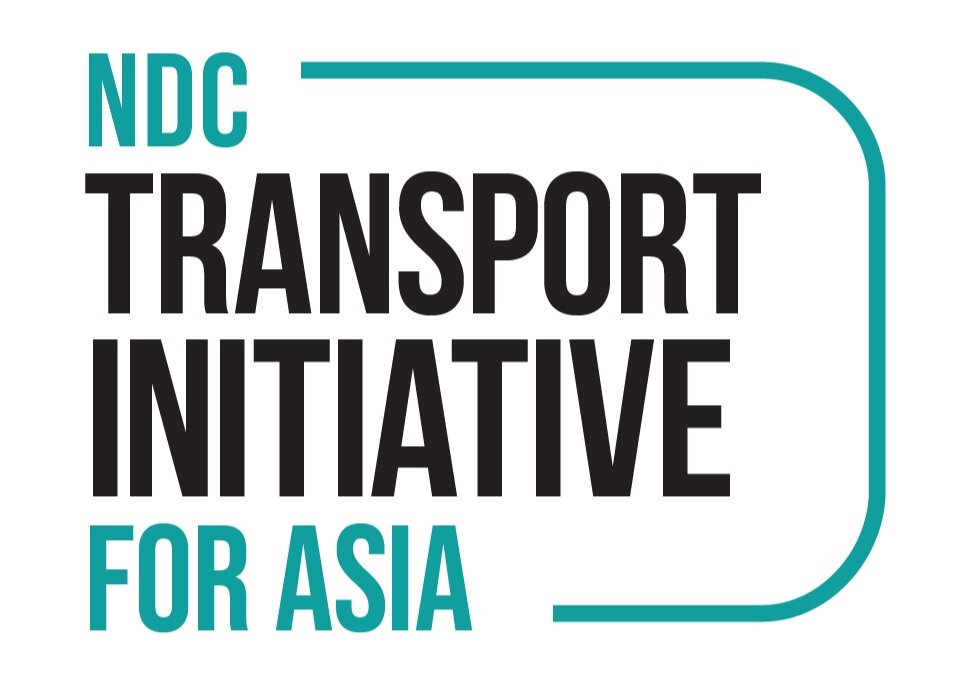Fuel consumption from light commercial vehicles in India, fiscal years 2019–20 and 2020–21
By Anirudh Narla, Ashok Deo and Anup Bandivadekar
Between fiscal year (FY) 2019–20 and FY 2020–21, the majority of manufacturers introduced modified or new light commercial vehicle (LCV) models in India to adhere to the new Bharat Stage VI emission standards. This paper examines the vehicle model changes and finds that the fleet average CO2 emissions level for new LCVs in India was 149.5 g/km in FY 2020–21, down from 152.5 g/km in FY 2019–20. CO2 emission standards, if implemented for this segment, would stimulate the inclusion of additional fuel efficiency technologies such as idle start-stop, low-resistance tires, and low-viscosity engine oils.
Read more at icct.org.

